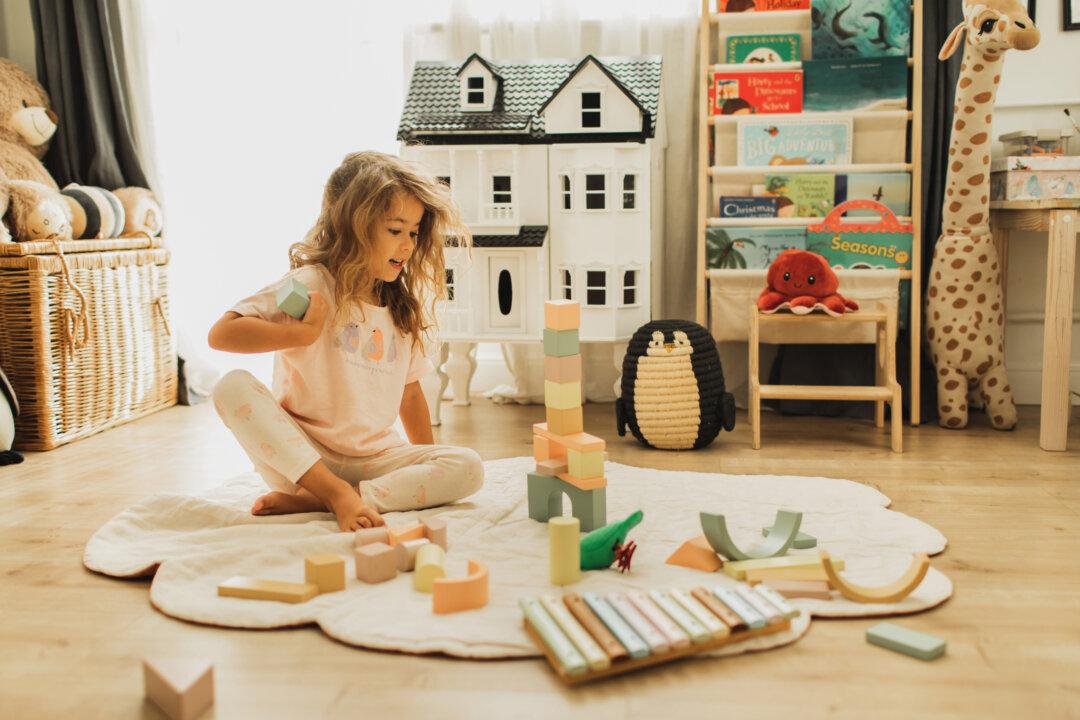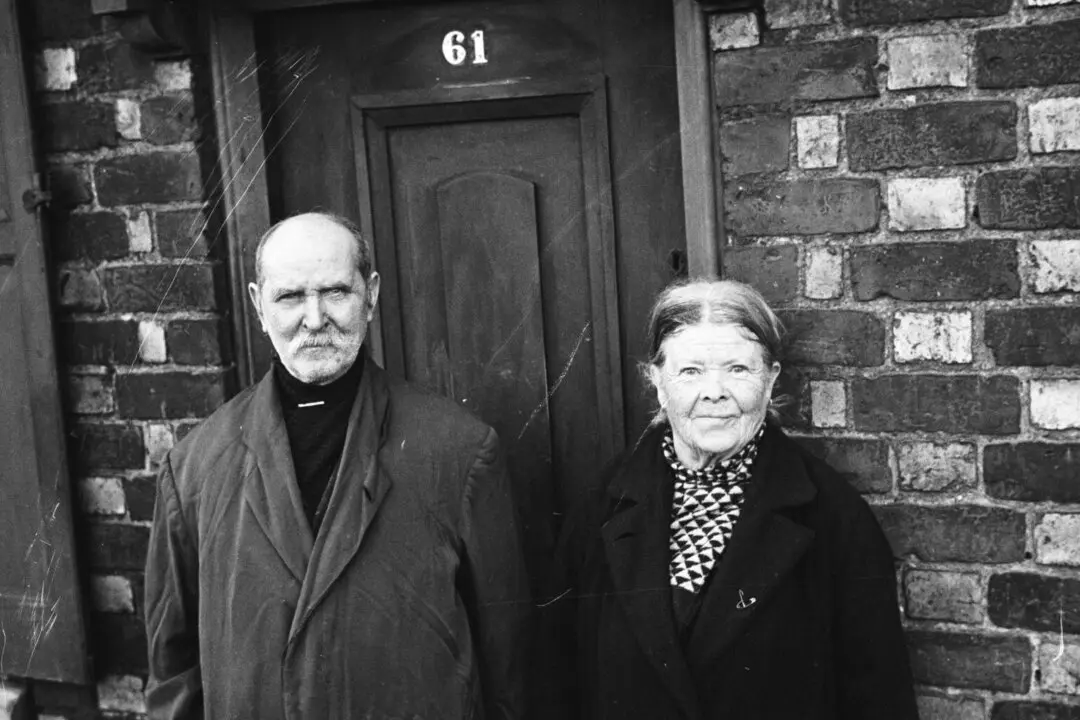These days, a walk down a department store toy aisle brings some shocks.
Garish colors and lights flash at you, while canned sound effects crackle through the air. Everything is overdone and overblown—and heavily trademarked. Monstrous, demonic-looking figures leer off the shelves of the boys’ section, while the girls’ section is filled with teen dolls dressed like strippers or prostitutes. And little Asher is melting down because Mom won’t let him buy the latest action figure based off last summer’s movie (of dubious moral character). As if that isn’t enough, most of what you see is manufactured overseas and made of cheap plastic or other petroleum products.






